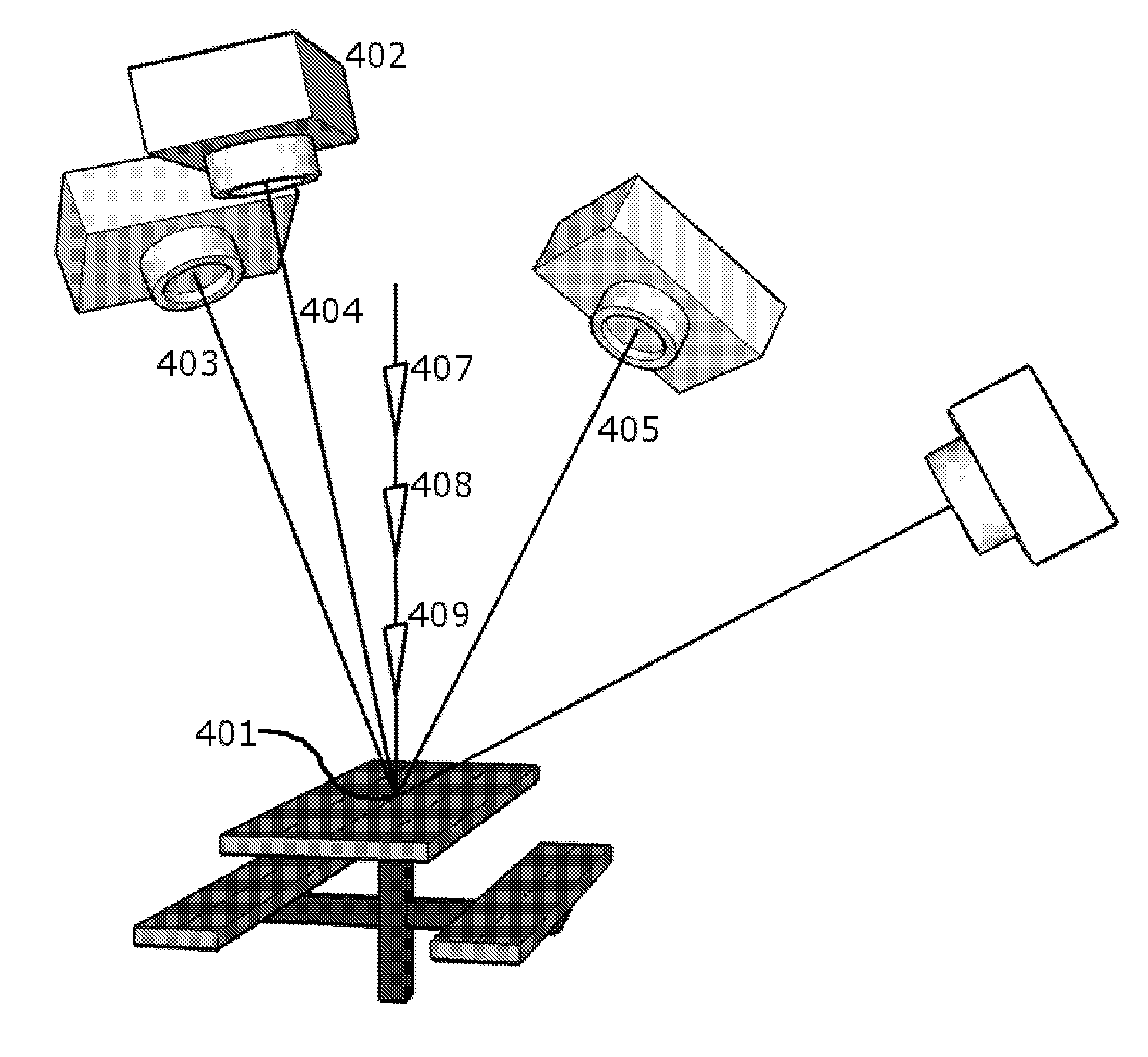Data structure representing a plenoptic function via compressible layered orthographic projections from multiple orientations
a data structure and plenoptic function technology, applied in the field of graphical imaging, can solve problems such as the potential to compress to an even greater degree, and achieve the effects of facilitating the access to such information, fast rendering, and new information
- Summary
- Abstract
- Description
- Claims
- Application Information
AI Technical Summary
Benefits of technology
Problems solved by technology
Method used
Image
Examples
Embodiment Construction
[0021]This invention essentially stores luminance information. The choice of representation for this light field information and depth field information constitutes the most substantial innovation described here. However, for illustrative purposes, the description will also discuss the user's choice of coordinate system, describe a scheme for partial compression, and give a cursory description of how rendering and other operations are facilitated is given to show how this choice of representation will be conducive for such operations.
A. Light Field Sampling
[0022]This light field representation is divided into a set of coordinate systems O for purposes of sampling. This set of coordinate systems is usually chosen to coincide at least partially with the inherent coordinate system of this region, e.g. the coordinate system of buildings and streets or the local direction of gravity. In coordinate system o, the 3-D coordinates of a given point are given as {right arrow over (X)}0=[xo, yo...
PUM
 Login to View More
Login to View More Abstract
Description
Claims
Application Information
 Login to View More
Login to View More - R&D
- Intellectual Property
- Life Sciences
- Materials
- Tech Scout
- Unparalleled Data Quality
- Higher Quality Content
- 60% Fewer Hallucinations
Browse by: Latest US Patents, China's latest patents, Technical Efficacy Thesaurus, Application Domain, Technology Topic, Popular Technical Reports.
© 2025 PatSnap. All rights reserved.Legal|Privacy policy|Modern Slavery Act Transparency Statement|Sitemap|About US| Contact US: help@patsnap.com



